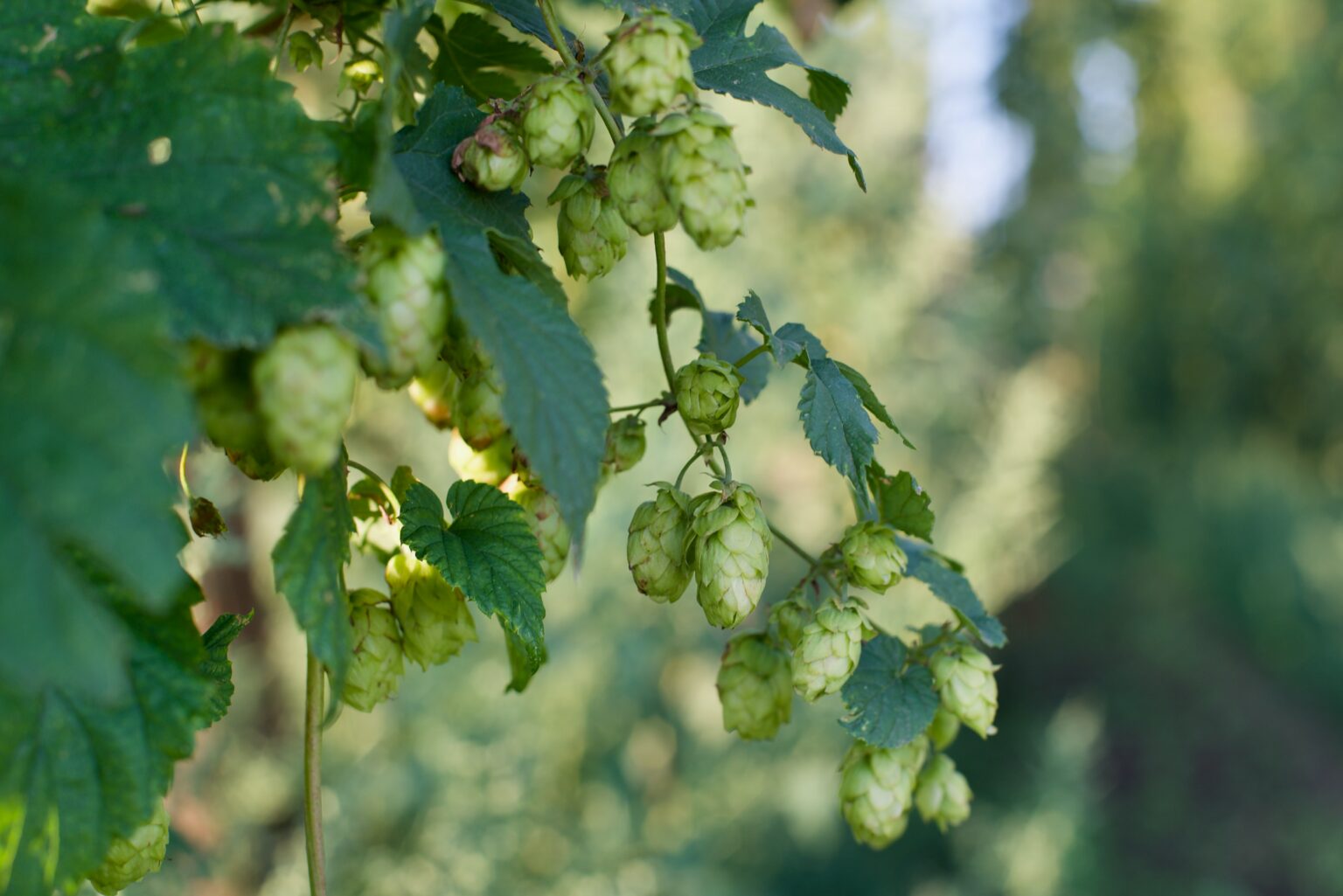Prepare the plant
• Upon receipt: store the plants in a cool place (between 1 and 4°C) in a closed bag and protected from light for a maximum of 4 weeks.
• Take the plants out of the bag, be careful not to mix the varieties if you have ordered several, if you order from HOPSTOCK, each variety will be provided with a label guaranteeing its origin and the health of the plant.
• If you observe surface mold on the plants, this is surely due to storage at too high a temperature for several days, there is nothing to worry about, there are solutions to reduce the risks for the hops, to eliminate these molds, prepare two buckets, one with 5% vinegar, the other with clear water, soak the roots in the first bucket and immerse it several times in the second bucket to eliminate the residues of vinegar which could damage the root, rub if necessary.
• There is a method to promote good recovery, optional: pralinage: 1/3 dung, 1/3 water, 1/3 soil, soak the hop plants in it before planting.
• Plant the plant in the furrow or the hole provided, hold the plant so that the collar is at ground level, cover with fine soil: be careful, the collar of the plant should not see the light, it is better to put a little too much of land above that not enough!
• Water 2 to 3 liters per plant.
